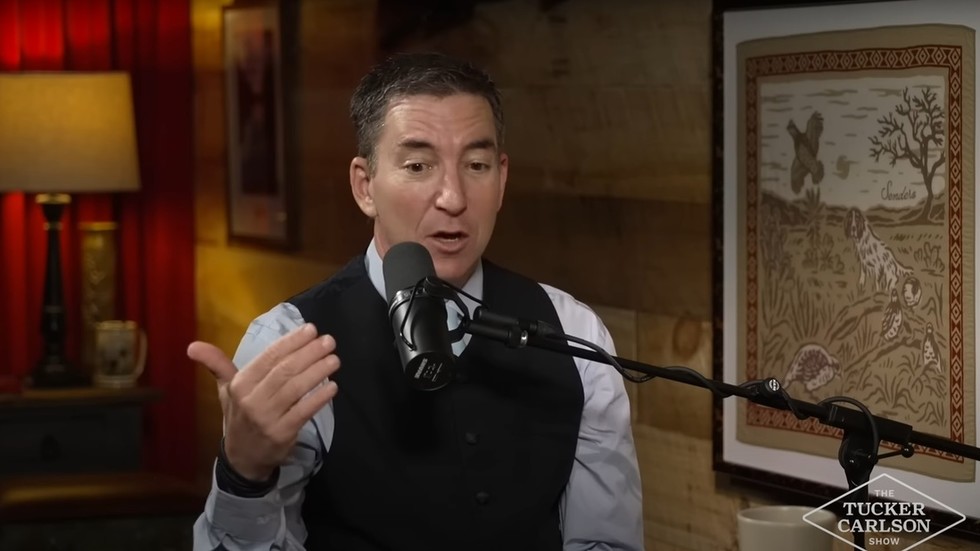At the end of May, UK Prime Minister Rishi Sunak surprised British voters by announcing a snap election on July 4, several months earlier than expected. But with most polls predicting an electoral wipeout for the Conservative Party, which is behind the opposition Labour Party by almost 20 points, Sunak has attempted to rescue a faltering campaign by putting forward policies seen more in line with traditional Tory strengths.
On Tuesday, June 11, the prime minister unveiled the 2024 election manifesto, acknowledging that “people are frustrated with our party and frustrated with me,” before claiming the Tories were still the “only party with the big ideas to make this country a better place to live.” The 67-page document—titled “Clear Plan, Bold Action, Secure Future”—outlines the Conservative Party’s vision for another five years in power with sweeping reforms.
In response, Labour leader Keir Starmer said the Conservative Party had presented a “Jeremy Corbyn-style” manifesto, referring to the former leader of his own party, by offering policies that would "load everything into the wheelbarrow" without explaining how to pay for it. Under Starmer, the Labour Party is eyeing a return to power with a cautious, center-left campaign focused on “change.”
Below, some of the key promises outlined in the manifesto:
A £17 billion ($22 billion) package of tax cuts
The Conservative Party has pledged tax cuts worth £17 billion ($22 billion) by 2030, which it hopes to achieve by reducing the main rate of National Insurance—a tax employees pay to qualify for a state pension—by two percentage points. The Party previously cut the rate down twice, from 12% to 10%, and then to 8%, and a further reduction to 6% is expected to benefit around four million people. It also wants to support self-employed individuals by abolishing the main rate of national insurance entirely by the end of the next parliament. And it has promised to increase the personal tax-free allowance for pensioners. The Tories propose paying for the lowered taxes by slashing welfare, which Sunak described as being at an “unsustainable rise” since the pandemic, and by cracking down on tax avoidance, which is expected to generate around £6 billion ($7.7 billion).
But analysts from the Institute for Fiscal Studies, an independent think tank based in London, have responded with skepticism, describing the cuts as “definite giveaways paid for by uncertain, unspecific and apparently victimless savings.” The opposition Labour Party called the manifesto “the most expensive panic attack in history” and pointed out that the tax burden had risen to its highest level in decades during the 14 years of Conservative rule.
Boosting home ownership
Admitting that buying a home in the UK had become more difficult under the Conservative government, Sunak said he hopes to “build an ownership society” by setting an ambitious target of building 1.6 million new homes in England in the next five years. As part of the plan, he has promised to abolish stamp duty (a tax paid when buying residential property or land) on properties up to a value of £425,000 for first-time buyers—which would help eight out of every 10 first-time buyers—and to resurrect the Help to Buy scheme, which would assist first-time buyers with an equity loan of up to 20% towards the cost of one of these new homes. He has also promised capital gains tax relief for landlords who sell to their existing tenants.
However, a House of Lords report published last year concluded that such schemes have instead pushed up house prices and benefitted developers, rather than buyers, in the past. Moreover, landlords say promises to help sell to existing tenants would not address the shortage of homes available for rent.
Halving net immigration to the UK
Under Sunak’s leadership, net migration to the UK was at an all-time high of 764,000 people moving from outside the EU to work and study in the UK in 2022, according to figures from the Office for National Statistics. In 2023, that number was 10% lower, at 685,000 people. The Conservatives have responded to the increasing numbers—which stood at around 250,000 when they first came to power in 2010—by promising a legal cap on migration by curbing the annual number of work and family visas.
The manifesto states this will in turn help protect public services—but it goes against the advice of the government’s own Migration Advisory Committee, which in 2018 stated that the cap on high-skilled migrants should be scrapped because of the positive contributions they make to public finances. The government spending watchdog, the Office for Budget Responsibility, has also stated that more net migration helps the economy as a whole to grow.
Sending asylum seekers to Rwanda
A divisive deportation scheme proposed by the government would deport asylum seekers to Rwanda in an attempt to stem the flow of migrants entering British shores on small boats through the English channel. The flagship scheme, which has already cost around £310 million ($395 million), continues to be part of the Conservative Party’s election manifesto. Sunak has vowed that the first flights would take off within days if the Conservatives returned to office, while the manifesto stated that “there will be a “regular rhythm of flights every month, starting this July.” Some members of the Conservative Party have also called for the UK to pull out of the European Convention on Human Rights. “If we are forced to choose between our security and the jurisdiction of a foreign court, including the ECHR, we will always choose our security,” states the manifesto.
The first flight, which would see the deportation of 300 migrants—less than half the number of arrivals in this month alone—was already delayed by ministers last month. Over a dozen legal challenges have been filed in the courts, while a unanimous report published earlier this year by the Public Accounts Committee, an influential parliamentary committee, concluded that the Home Office “does not have a credible plan” for sending asylum seekers to Rwanda.

 5 months ago
40
5 months ago
40






